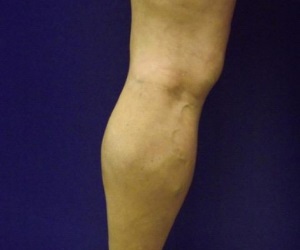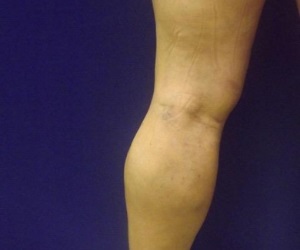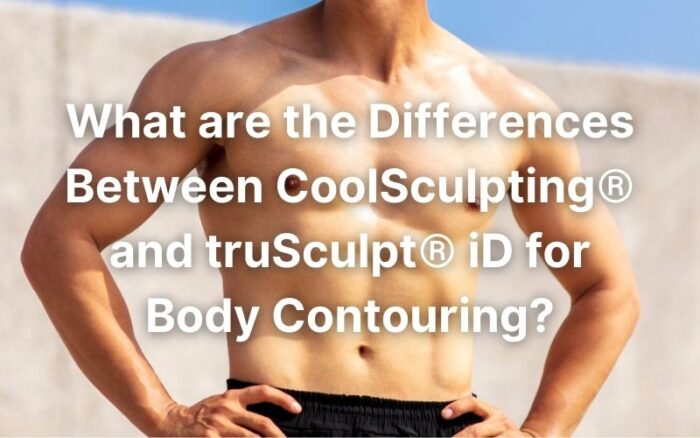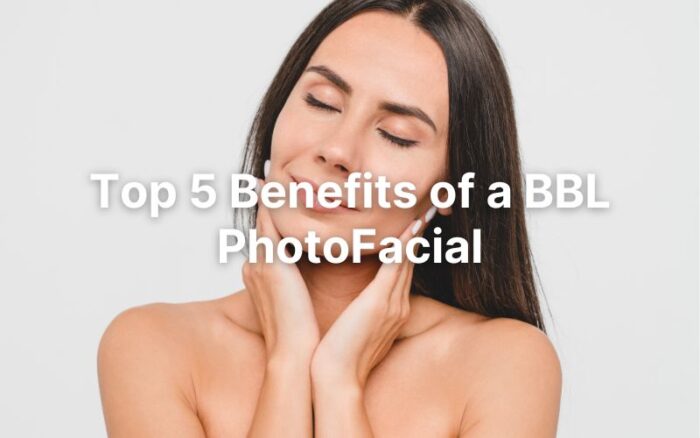Do your legs ache, feel heavy, or swell frequently? You might have varicose veins, which are signs of a problem with the circulation in your legs. Varicose veins can become uncomfortable or even painful, and you should have them diagnosed and treated by a vein specialist. Varicose vein treatment at Premier Vein & Body by Schwartz can relieve your symptoms and improve your circulatory health.
What are Varicose Veins?
Varicose veins develop from normal veins and may become visible under the surface of the skin. Varicose veins often look thick and rope-like with a bluish, reddish, or purplish color. These bulging veins do not always indicate a problem, but they can be a sign of venous insufficiency.
They occur when the one-way valves that keep blood flowing out of the legs start to fail. This allows blood to pool in the legs, stretching the vein walls. Visible varicose veins can occur when a problem with the deep leg veins causes blood to move back into feeder veins.




